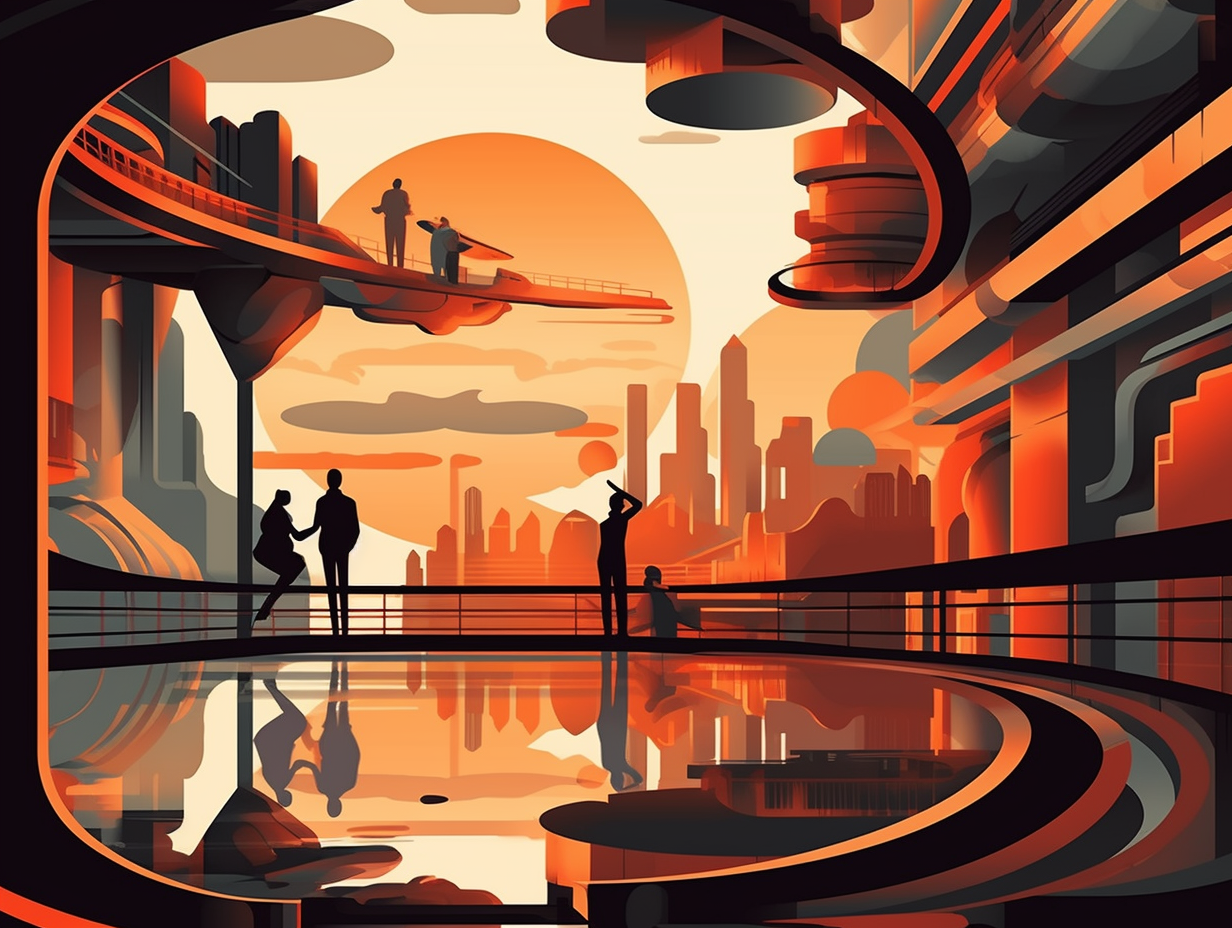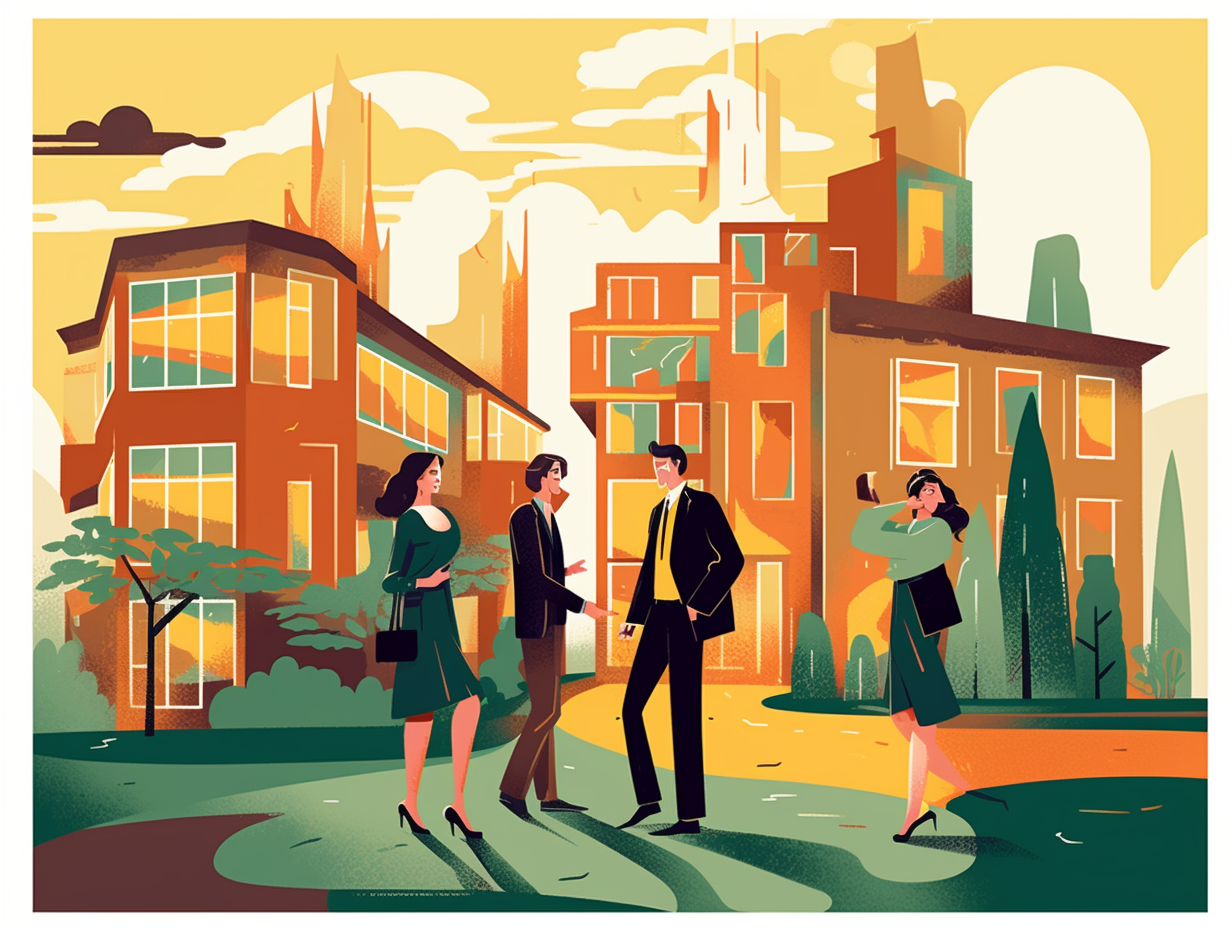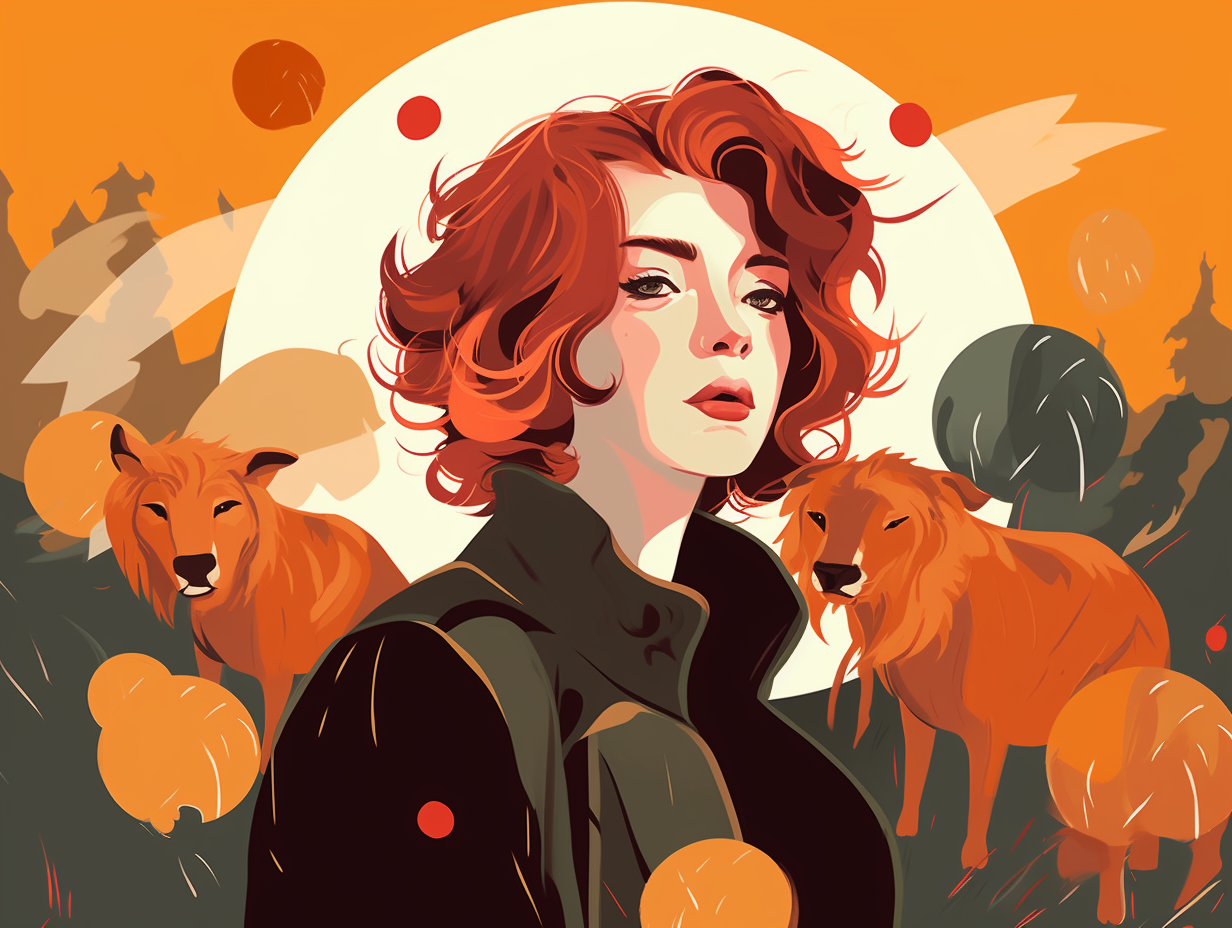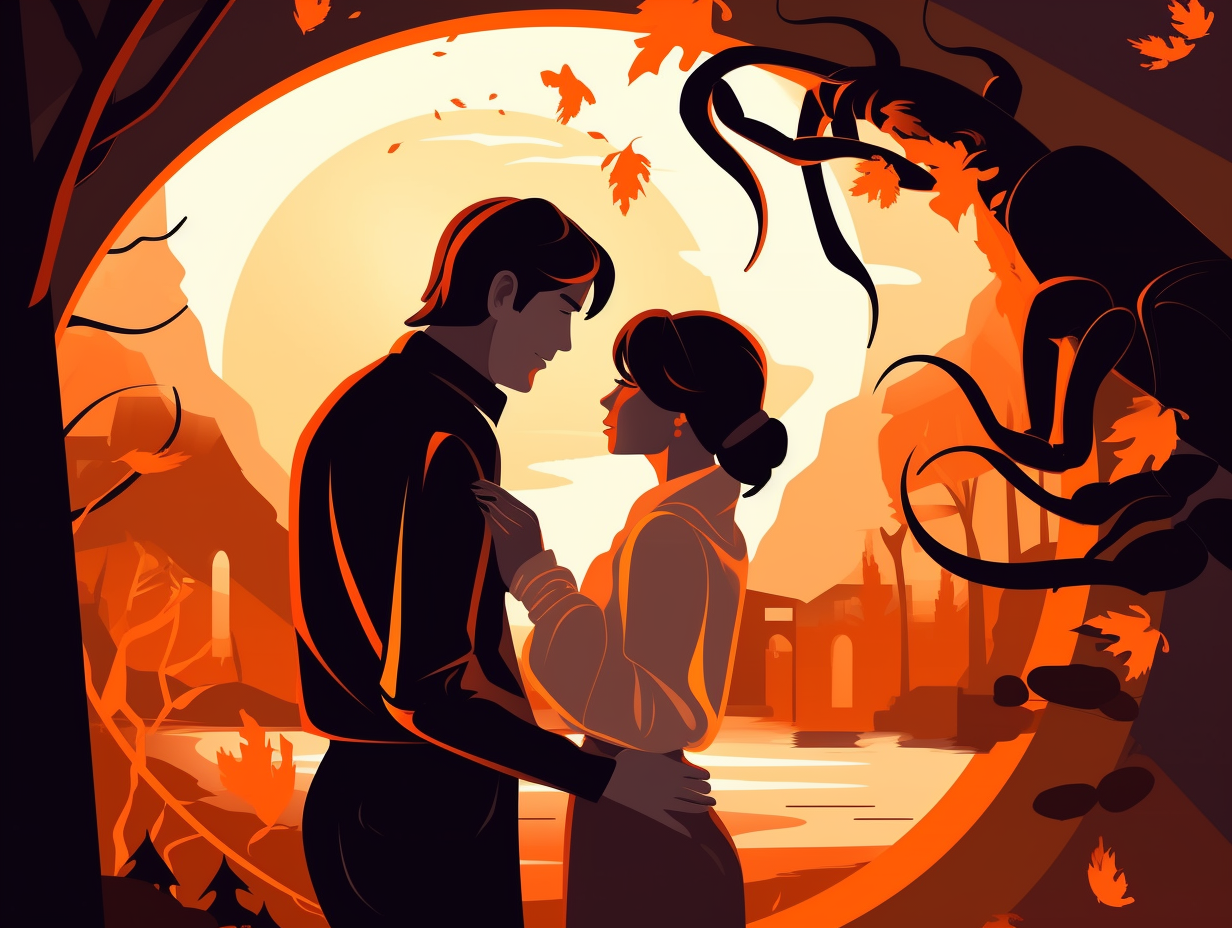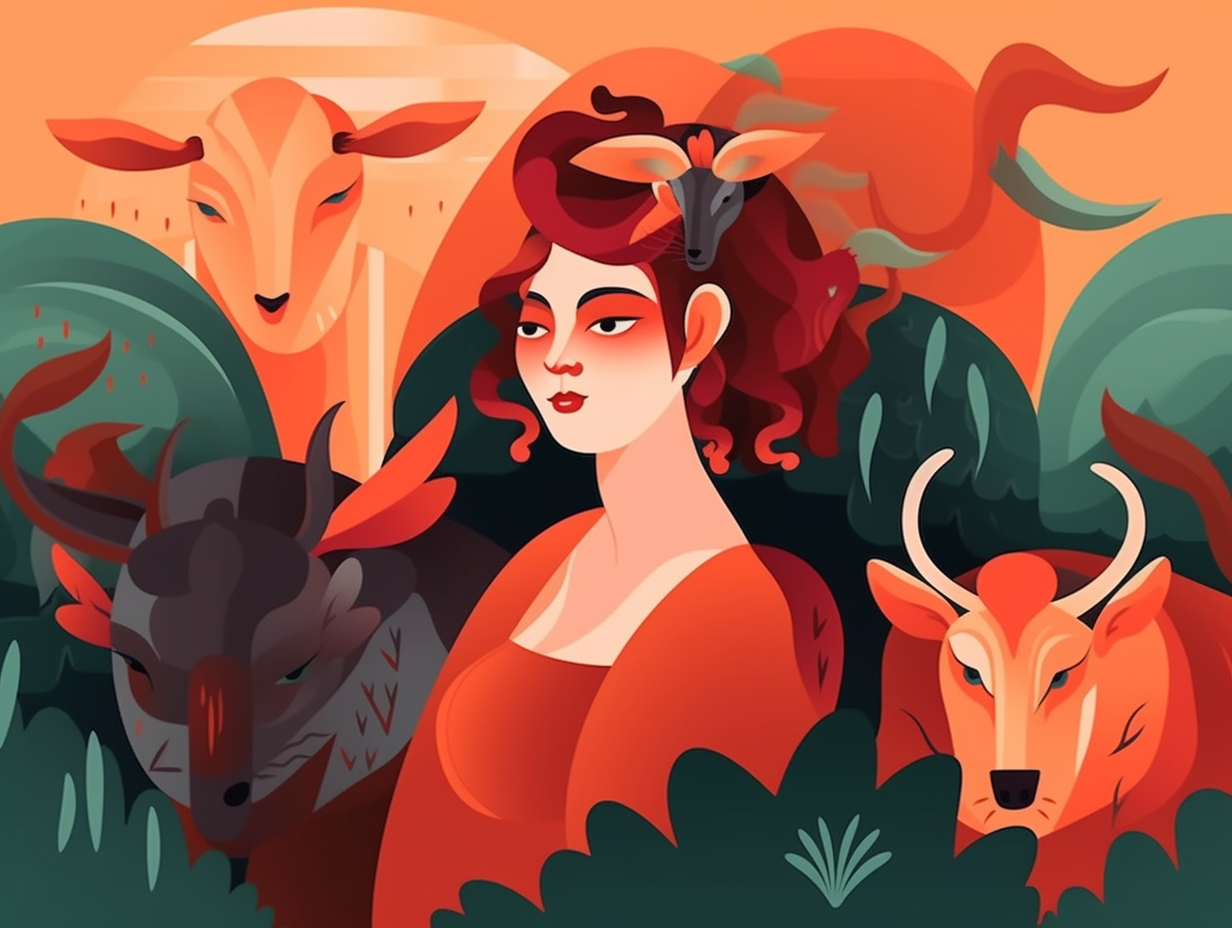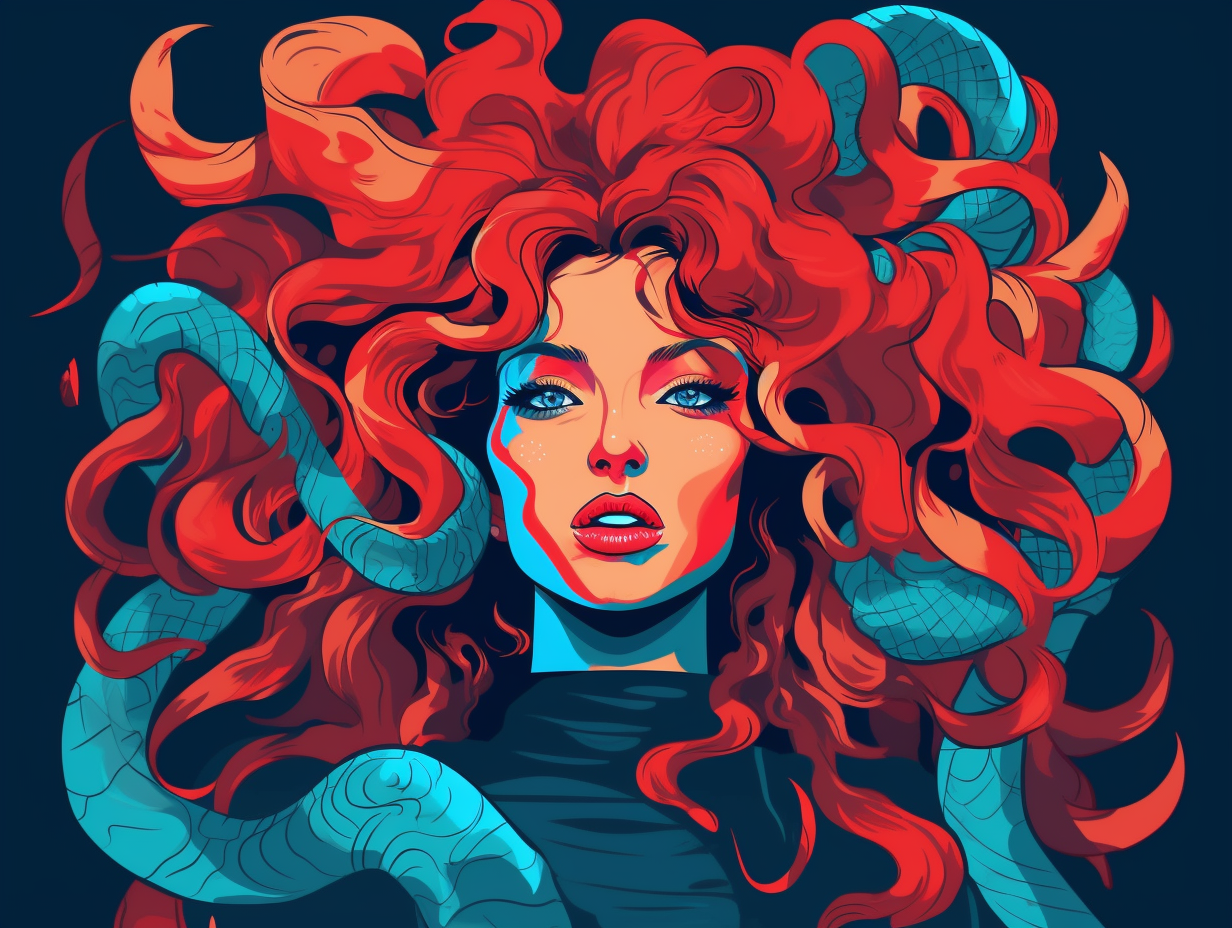Discover the Unexpected: Top 7 Fun Facts About Tables You Never Knew!
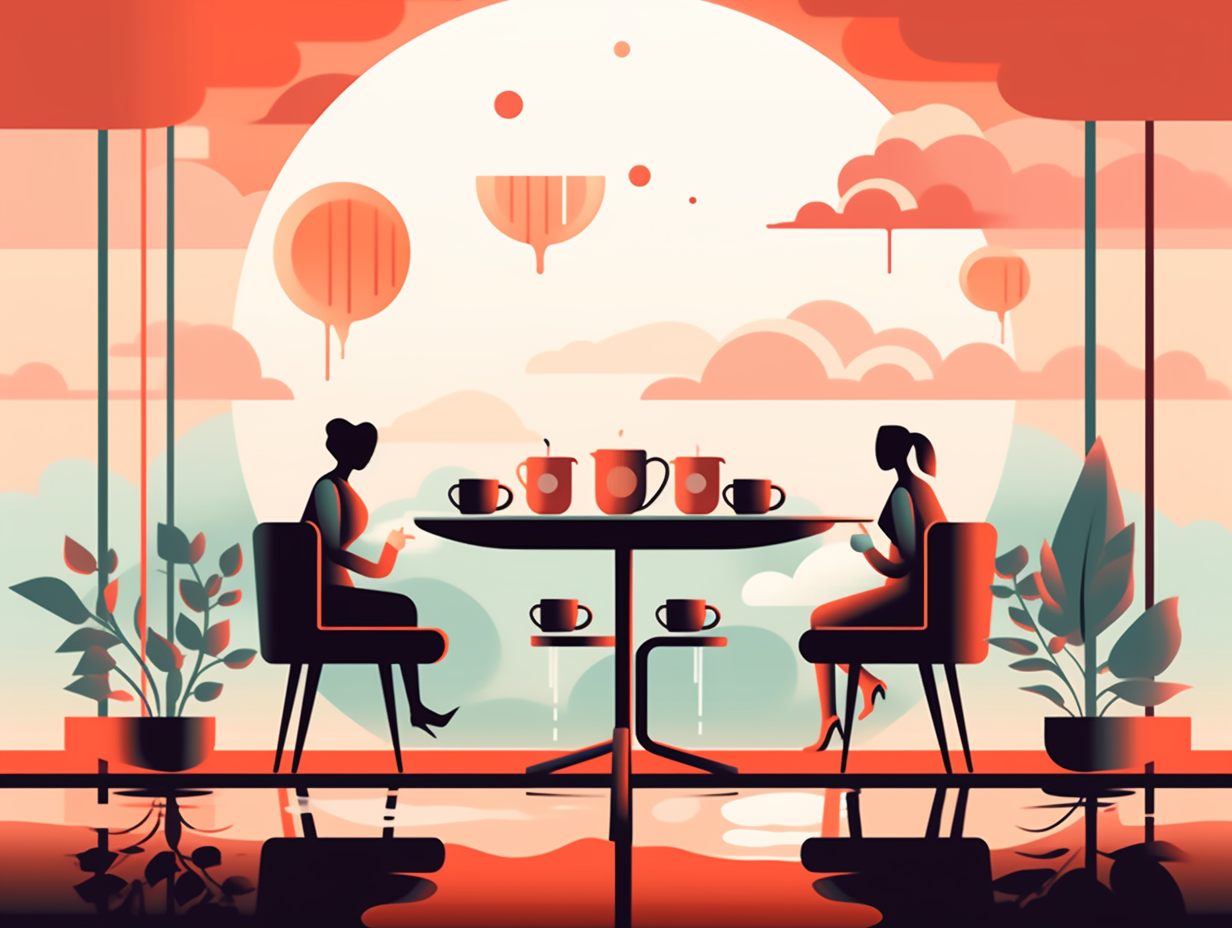
1. King Arthur's Round Table Parties
Legend has it that King Arthur had a knack for dinner party planning, knowing just how many knights he needed to invite for a rockin' round table fiesta: The headcount of noble guests ranged from an intimate gathering of 13 to a grand bash of 1,600 knights, with the most popular party size being between 100 and 300, always leaving an RPG for that elusive plus-one. Seriously though: The Round Table's seating capacity differed in various Arthurian tales, usually accommodating between 100 and 300 knights, with one seat intentionally kept empty, and even inspired Edward III to create his own Order of the Round Table at Windsor Castle in 1344.
Source => en.wikipedia.org
2. Early Tables: Legless Wonders
Before tables popped vitamins and became leggy supermodels, they were the humble introverts of the furniture world, puzzled by their own identity: These flabbergasting surfaces date back to Old English words "bēod" and "bord," and they don't even need legs to be considered tables - some came with single pedestals or even wall-hugging fold-away designs.
Source => en.wiktionary.org
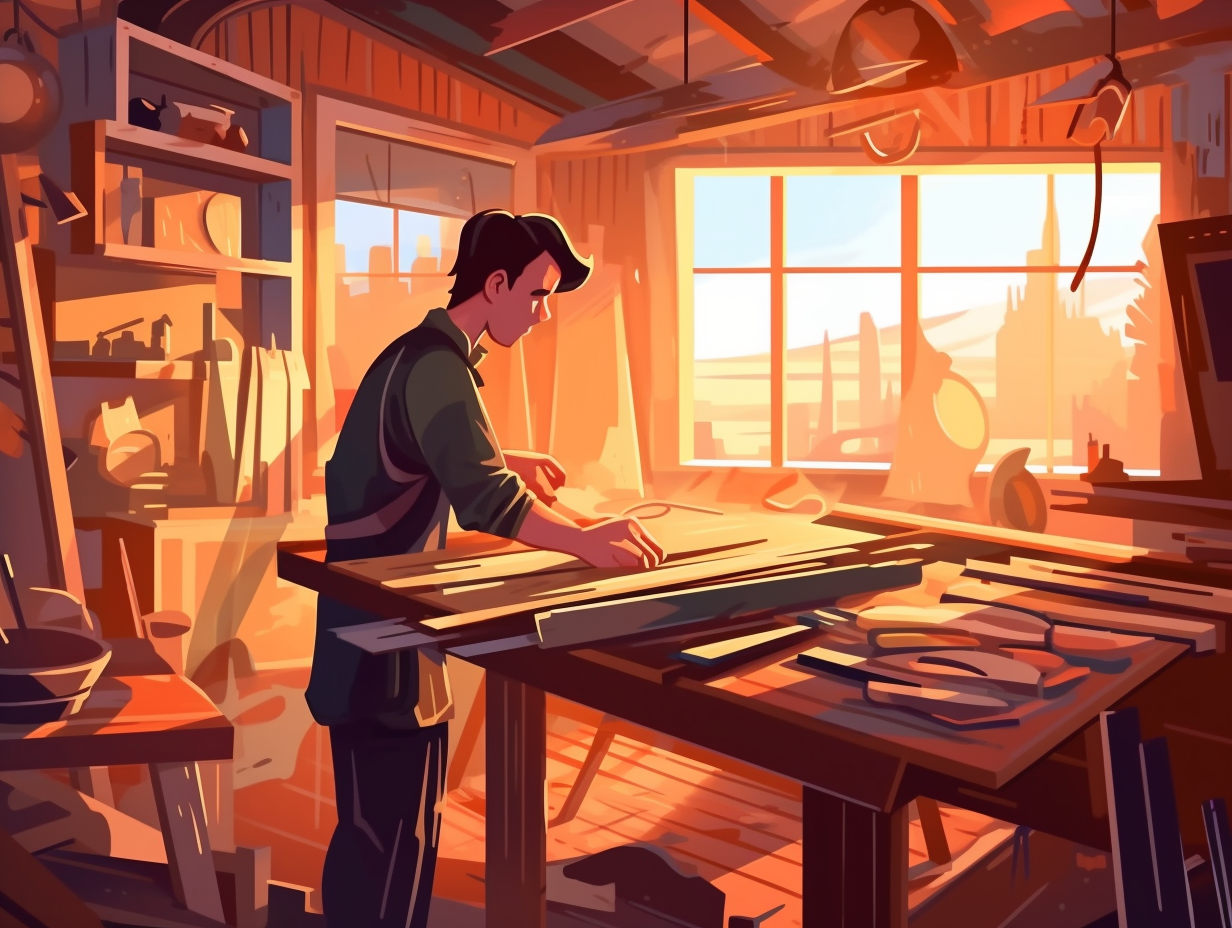
Discover how ancient Egyptians used hand drills to create stylish and functional pottery masterpieces for the afterlife, from vivid unguent jars to colossal grain-storing vessels. 🏺💫
=> Fun Facts about Carpentry
3. Tudor Courtiers' Meaty Feasts
Talk about a meat lover's paradise and royal foodgasms: The Tudor courtiers feasted on a whopping 5000 calorie daily diet, including 20 different meat dishes at dinner and supper, fancying themselves royally miffed if they didn't get their fill of exotic ingredients from far-flung locales.
Source => hrp.org.uk
4. Victorian White Tablecloth Swag
Feeling rather posh, are we? In Victorian times, that meant one had to "white" the fine line between clean and filthy: A white tablecloth became a status symbol among the wealthy, as it was thought that only those with a fleet of servants could keep such linens pristine, thus flaunting their affluence.
Source => coastlinenservices.com
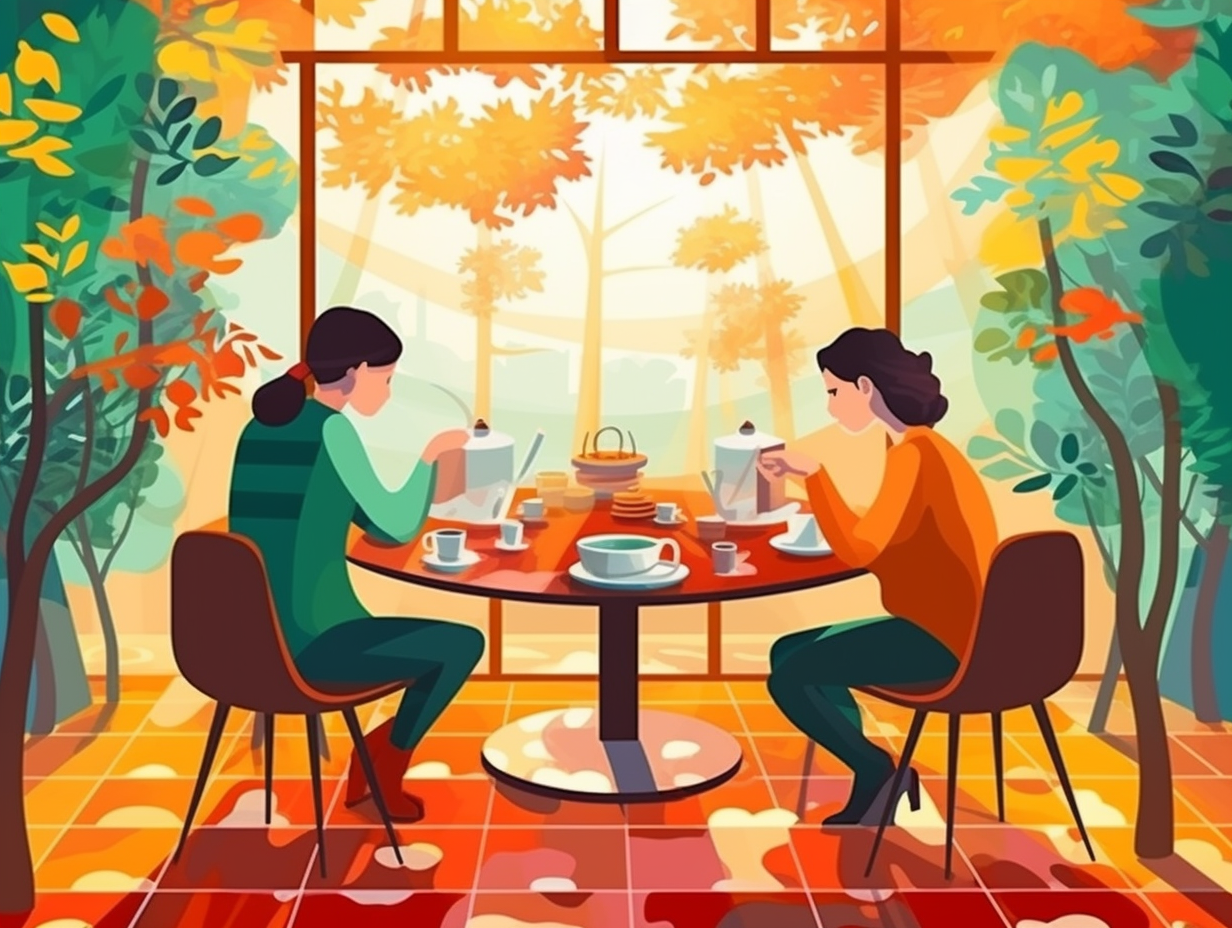
5. Collapsible Trestle Tables
Talk about taking "food dance" to a whole new level: Trestle tables, popular in medieval times, were often used for banquets and feasts in castles and high estates, constructed by laying wooden boards on collapsible frames for easy assembly and dismantling. Despite the party vibes they might emit, history provides no evidence that the tables actually doubled as dance floors during medieval feasts.
Source => crownandcolony.com
6. Roman Dining in Bed
Talk about a literal "bed of roses": In Ancient Rome, people ate while lounging on a special piece of furniture called "lectus discubitorius", essentially a table bed, where they would recline on their left sides during dinner parties and social gatherings.
Source => britishbedsworldwide.com
7. 17th Century French Gadget Tables
Dining room detectives, prepare to be shook: some 17th century French tables were not only true Rococo at its finest, but also doubled as the Inspector Gadget of their time, equipped with drawers to stash all your culinary secrets, even lined with the original fabric!
Source => 1stdibs.com
Related Fun Facts



